Evolution of Prescription Refills: From In-Person to Online ..
6 Min Read
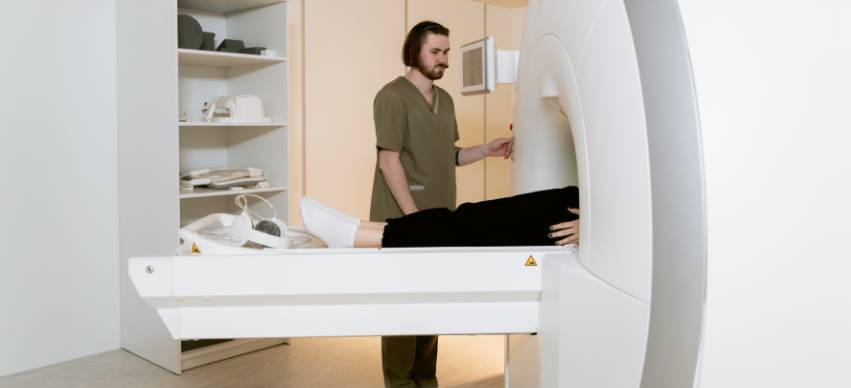
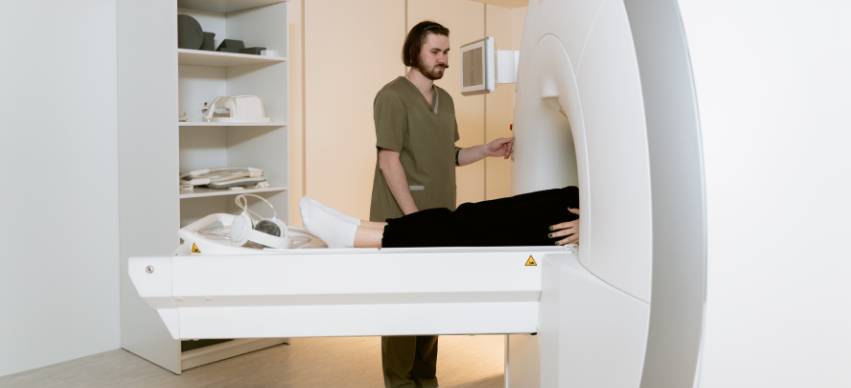
Medical scans are a vital part of the diagnostic process, allowing doctors to see what is happening inside the body. Some scans are more important than others, however, and can save lives when used correctly. In this blog post, we will take a look at 8 medical scans that can have the biggest impact on patients' health. Stay tuned for more information!
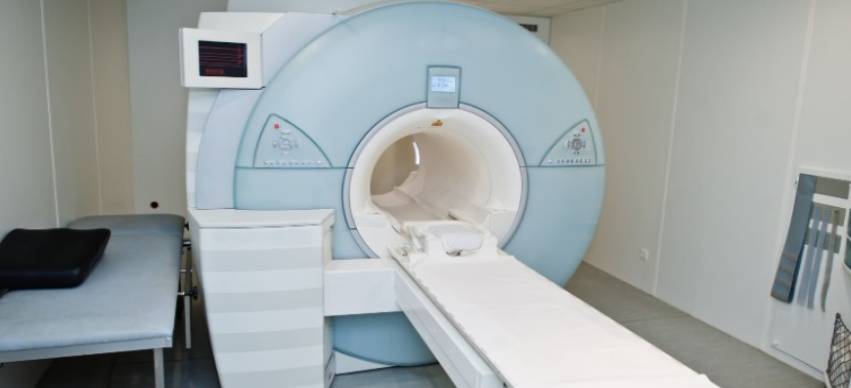
What Does The Scan Check For?
The MRI scan is a tool that can be used to detect a variety of conditions, including brain tumors, spinal cord injuries, and stroke.
How Does The Scan Work?
An MRI scan uses a strong magnetic field and radio waves to create detailed images of the inside of the body. These images can then be studied by doctors in order to make a diagnosis.
Who Invented And Developed The Scan and What is its history?
The MRI scan was invented in the 1970s by American physicist Paul Lauterbur. It has since become an essential tool in the diagnostic process for a variety of conditions.
How much does a scan and interpretation usually cost?
MRI scans can cost anywhere from $500 to $4,000, depending on the hospital and the reason for the scan.
What types of conditions can the scan diagnose?
MRI scans can be used to diagnose brain tumors, spinal cord injuries, and stroke.
What Does The Scan Check For?
An ECG / EKG scan is a tool that can be used to detect a variety of conditions, including heart disease, stroke, and arrhythmia.
How Does The Scan Work?
An ECG / EKG scan uses electrical sensors to measure the electrical activity of the heart. This information can then be used by doctors to make a diagnosis.
Who Invented And Developed The Scan and What is its history?
The ECG / EKG scan was invented in the late 19th century by Dutch physician Willem Einthoven. It has since become an essential tool in the diagnostic process for a variety of conditions. Doctors and nurses undergo training in ECG interpretation classes to better understand and diagnose patients based on their heart pattern readings.
How much does a scan and interpretation usually cost?
An ECG / EKG scan typically costs between $50 and $200.
How many people suffer from these conditions and can benefit from early scanning?
Approximately 1 in 4 people in the United States will develop heart disease at some point in their lives. This means timely ECG / EKG scans can help save the lives of millions of people in the US alone.
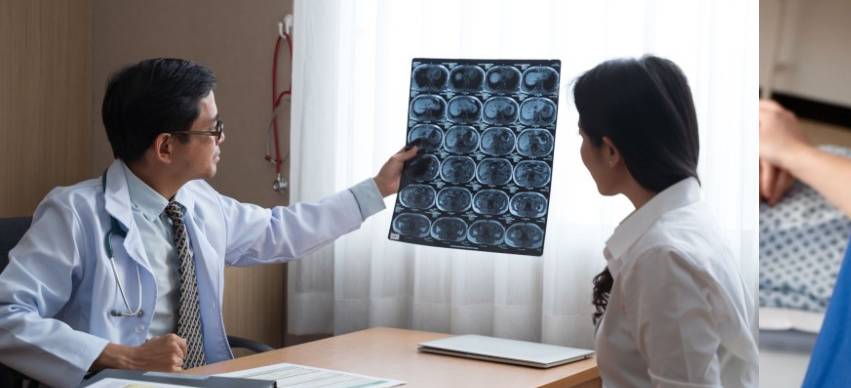
What Does The Scan Check For?
The X-Ray scan is a tool that can be used to detect a variety of conditions, including broken bones, pneumonia, and heart problems.
How Does The Scan Work?
An X-Ray uses a small amount of radiation to create an image of the inside of the body. These images can then be studied by doctors in order to make a diagnosis.
Who Invented And Developed The Scan and What is its history?
The X-Ray was invented in the late 1800s by German physicist Wilhelm Röntgen. It has since become an essential tool in the diagnostic process for a variety of conditions.
How much does a scan and interpretation usually cost?
X-Ray scans can cost anywhere from $100 to $1,000, depending on the hospital and the reason for the scan.
What types of conditions can the scan diagnose?
X-Ray scans can be used to diagnose broken bones, pneumonia, and heart problems.
What Does The Scan Check For?
An ultrasound scan is a tool that can be used to detect a variety of conditions, including tumors, kidney stones, and heart problems.
How Does The Scan Work?
An ultrasound uses sound waves to create an image of the inside of the body. These images can then be studied by doctors in order to make a diagnosis.
The ultrasound was invented in the 1950s by French engineer Pierre Curie. It has since become an essential tool in the diagnostic process for a variety of conditions.
How much does a scan and interpretation usually cost?
Ultrasound scans can cost anywhere from $200 to $3,000, depending on the hospital and the reason for the scan.
What types of conditions can the scan diagnose?
Ultrasound scans can be used to diagnose tumors, kidney stones, and heart problems.
What Does The Scan Check For?
The PET scan is a tool that can be used to detect a variety of conditions, including cancer, Alzheimer's disease, and heart problems.
How Does The Scan Work?
A PET scan uses a small amount of radiation to create an image of the inside of the body. These images can then be studied by doctors in order to make a diagnosis.
Who Invented And Developed The Scan and What is its history?
The PET scan was invented in the 1970s by American physicist Godfrey Hounsfield. It has since become an essential tool in the diagnostic process for a variety of conditions.
How much does a scan and interpretation usually cost?
PET scans can cost anywhere from $500 to $4,000, depending on the hospital and the reason for the scan.
What types of conditions can the scan diagnose?
PET scans can be used to diagnose cancer, Alzheimer's disease, and heart problems.
What Does The Scan Check For?
A mammogram is a tool that can be used to detect breast cancer.
A mammogram is an X-ray of the breast. These images can then be studied by doctors in order to make a diagnosis.
Who Invented And Developed The Scan and What is its history?
The mammogram was invented in the 1970s by American physician Robert Egan. It has since become an essential tool in the diagnostic process for breast cancer.
How much does a scan and interpretation usually cost?
Mammograms can cost anywhere from $100 to $400, depending on the hospital and the reason for the scan.
How many people suffer from these conditions and can benefit from early scanning?
Approximately 1 in 8 women in the United States will develop breast cancer at some point in their lives. This means timely mammograms can help save the lives of 10s of millions of women in the US alone. It is estimated mammograms have saved the lives of more than 1 million women in the US since the early 1990s.
What Does The Scan Check For?
The DNA sequencing scan is a tool that can be used to detect a variety of conditions, including cancer, genetic disorders, and infectious diseases.
How Does The Scan Work?
DNA sequencing is a process of determining the order of the nucleotides in a strand of DNA. This information can then be used by doctors to make a diagnosis.
Who Invented And Developed The Scan and What is its history?
The DNA sequencing scan was invented in the 1970s by American geneticist Walter Gilbert. It has since become an essential tool in the diagnostic process for a variety of conditions.
How much does a scan and interpretation usually cost?
DNA sequencing scans can cost anywhere from $500 to $5,000, depending on the hospital and the reason for the scan.
How many people suffer from these conditions and can benefit from early scanning?
Approximately 1 in 3 people in the United States will develop cancer at some point in their lives. This means timely DNA sequencing scans can help save the lives of billions of people across the globe. Millions of people have also benefited from learning of their predisposition to certain diseases through DNA sequencing scans.
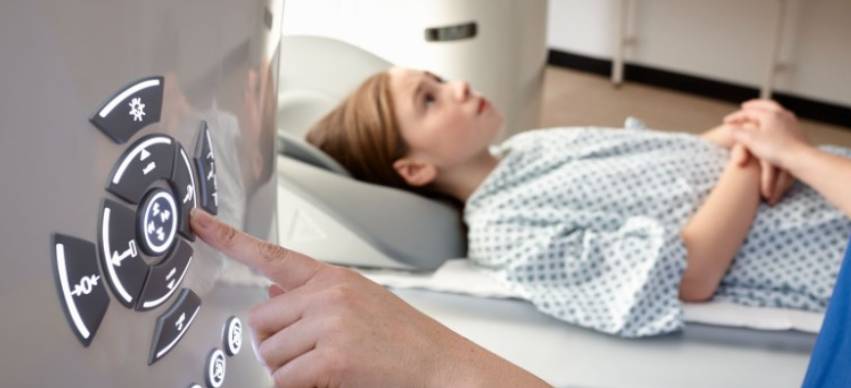
What Does The Scan Check For?
A CT scan is a tool that can be used to detect a variety of conditions, including cancer, heart disease, and stroke.
How Does The Scan Work?
A CT scan uses X-rays to create images of the inside of the body. These images can then be studied by doctors in order to make a diagnosis.
Who Invented And Developed The Scan and What is its history?
The CT scan was invented in the 1970s by British engineer Godfrey Hounsfield. It has since become an essential tool in the diagnostic process for a variety of conditions.
How much does a scan and interpretation usually cost?
CT scans can cost anywhere from $100 to $3,000, depending on the hospital and the reason for the scan.
How many people suffer from these conditions and can benefit from early scanning?
Approximately 1 in 2 people in the United States will develop heart disease at some point in their lives. This means timely CT scans can help save the lives of millions of people in the US alone. It is estimated CT scans have saved the lives of more than 1 million people in the US since the early 1990s.
Medical scans are a great tool for detecting and diagnosing various conditions. The PET scan can be used to diagnose cancer, Alzheimer's disease, and heart problems. A CT scan uses a small amount of radiation to create an image of the inside of the body. These images can then be studied by doctors in order to make a diagnosis. An MRI uses a magnetic field and radio waves to create an image of the inside of the body that is studied by doctors in order to make a diagnosis of tumors, strokes, spinal cord injuries, or breast cancer among other things. Finally, mammograms use X-rays taken from different angles which are examined closely by physicians looking for signs of breast cancer within them. If you suspect any medical condition but don't know what it may be, consult with your physician about which scan would be the best for you.